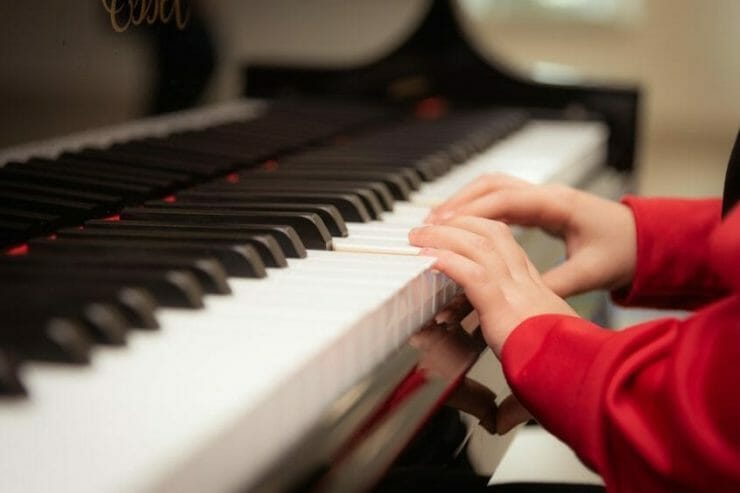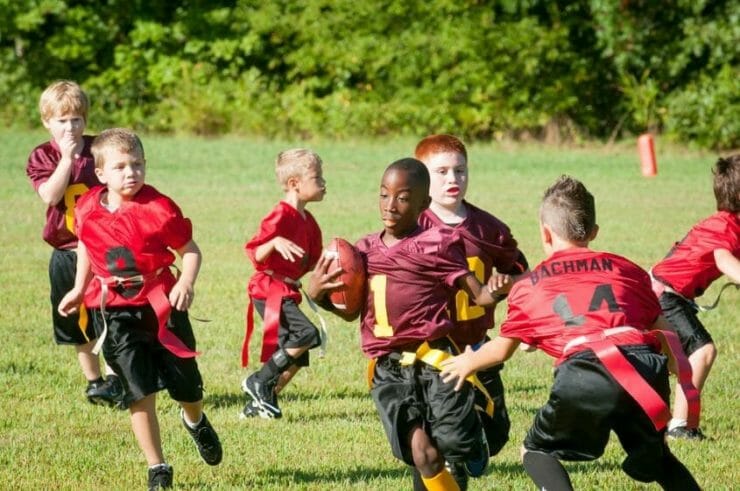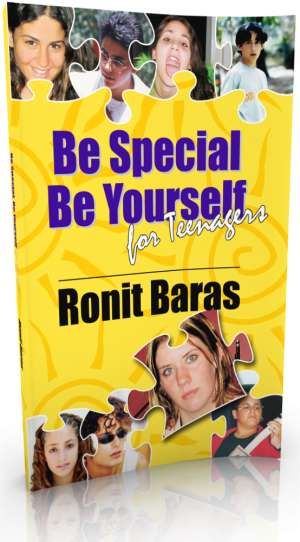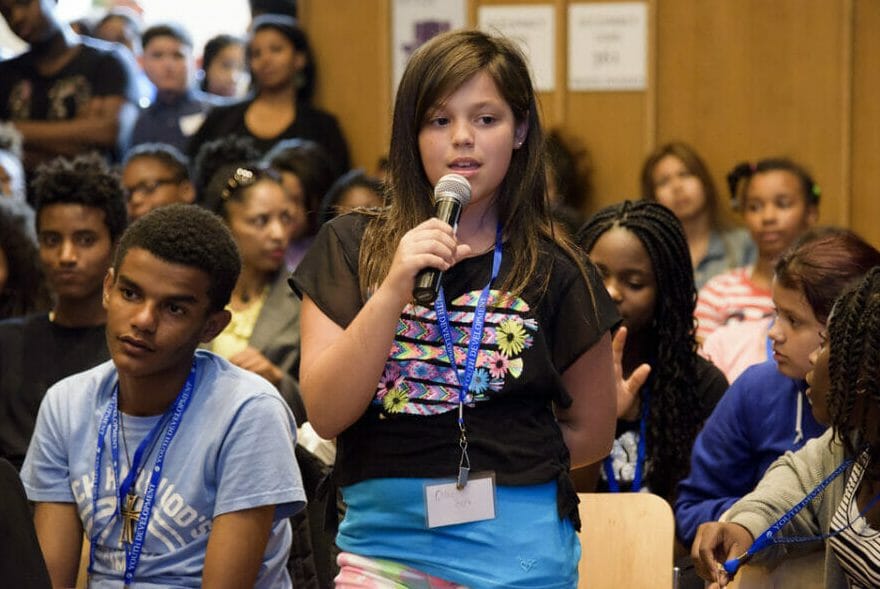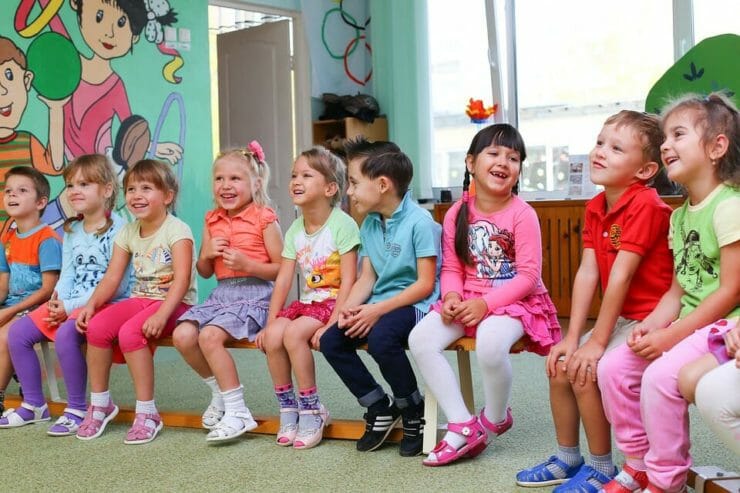
Last month, I wrote about the reasons we as parents need to appreciate and use coaching as a parenting tool.
Today, I would like to tell you a little bit about how it all started for me and introduce the Be Happy in LIFE kids coaching program.
It all started 18 years ago, when I wrote the Garden of Eden program, which put most of the emphasis emotional intelligence. I started an early childhood center with kids aged 1½ to 4 and proved that excellence depends on the teaching, not on the kids.
In the 2 years that followed, the kids at my center accomplished things that blew their parents away. They put together puzzles with many pieces very quickly, they built elaborate constructions, they painted the walls, they recognized written words and lots more. Oh, yes, and they ate healthy food and boasted about it.
